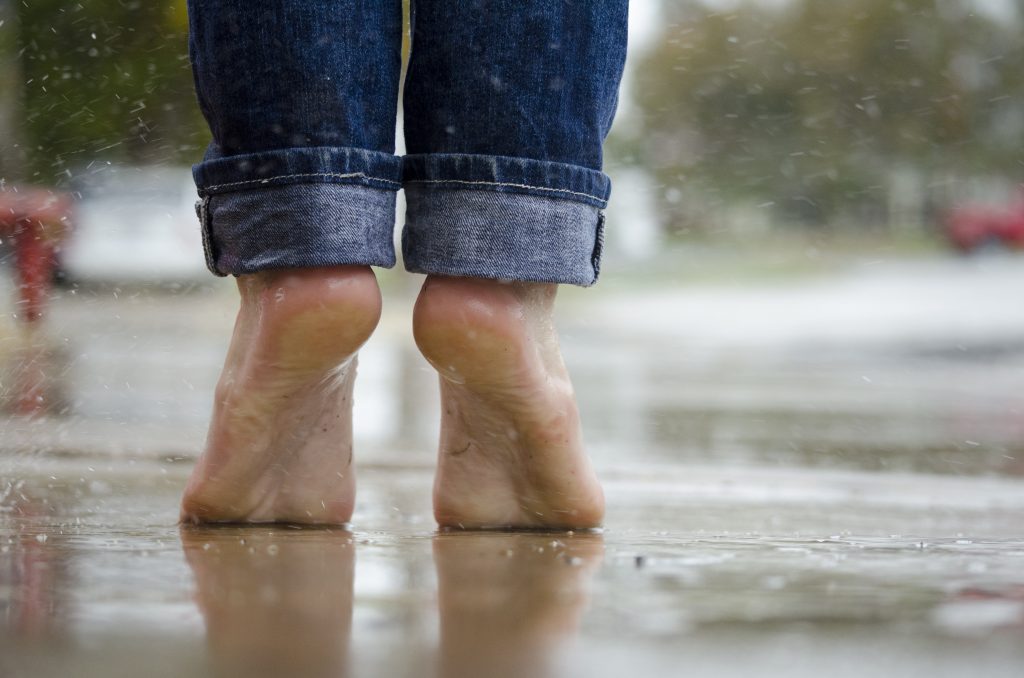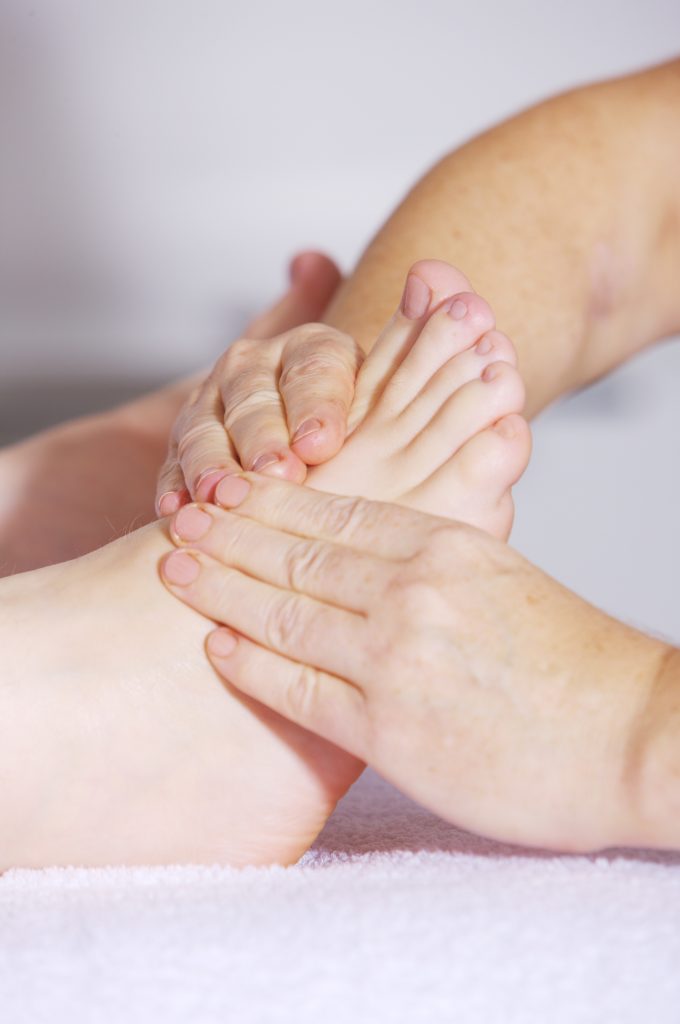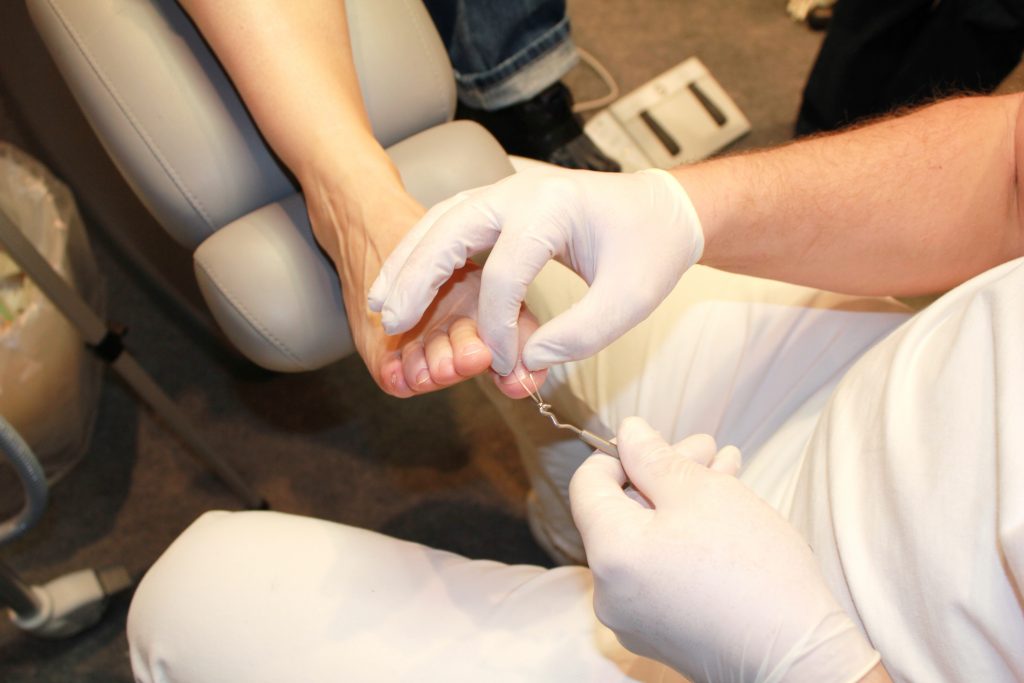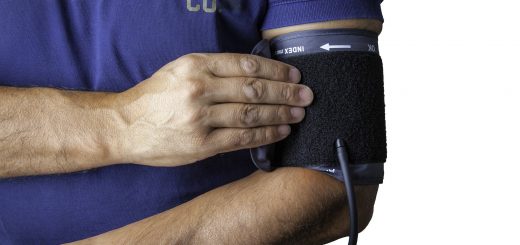What Is a Podiatrist and When to See One

What is a podiatrist and what do they do?
A podiatrist, not to be confused with a pedorthist, is devoted to the diagnosis and treatment of foot, ankle, and lower leg problems. While a pedorthist modifies footwear and uses supportive devices to correct feet and lower limb disorders, the podiatrist looks at and treats problems that affect your feet as well as all connecting parts of the leg.
Also known as a doctor of podiatric medicine, a chiropodist or DPM, they undergo four years of medical training and are qualified to treat injuries, prescribe drugs, reset broken bones, perform surgeries, and order lab tests or X-rays for diagnostic purposes. The podiatric physician will also treat other complications that are associated with ongoing health issues like diabetes and work with other health professionals if necessary to treat diseases of the foot.
Just like general care physicians and specialists, podiatrists treat people of all ages but either treat general foot conditions or specialize in specific areas of foot medicine. They may specialize in surgery, sports medicine, diabetes and pediatric among others.
10 signs you need to a podiatrist

Since a quarter of the bones in our entire bodies are found in our feet, our feet can be extremely vulnerable to injury and diseases. Whether you are suffering from foot pain or not, it might be a good idea to pay a visit to a podiatrist. He or she can check your feet and provide advice on the kinds of shoes that are best for your feet. Since the podiatric physician is an expert in the structure and movement of the foot and lower limbs, they will be able to diagnose any potential foot conditions and identify systemic overall health conditions that present with foot or lower limb symptoms.
Do not believe people who tell you to dismiss the soreness in your feet as a normal side effect from everyday activities. It is a common misconception that may cost you a lot in the long run. Wouldn’t you visit a dentist for a toothache? Similarly, you should visit a chiropodist if you suffer from tender or aching lower limbs. Below are 10 reasons for seeing a podiatric physician:

- Fractures and sprains
A sprain occurs when the ligaments that connect bone to bone us pulled, stretched or torn. A fracture, on the other hand, occurs when a bone breaks. Podiatrists, who regularly treat these common injuries to the foot or ankle, will determine the extent of the injury by ordering tests, such as X-rays, ultrasounds, or MRIs. He or she will then develop a program to get you back in the game. - Athlete’s foot
Athlete’s foot is a fungal infection that can make the skin between your toes look scaly and feel itchy. Even though over-the-counter antifungal creams can be used, they often times have little to no effect. If you see no improvement within two to three weeks of treatment, visit a podiatrist. - Bunions and hammertoes.
A bunion is a bump at the base of a big toe that occurs when the bone or joint of the big toe gets bigger or is out of place. A hammertoe is when the toe doesn’t bend the right way. A podiatrist can treat both by suggesting treatments, such as padding, taping or surgery. - Nail disorders
An infection caused by a fungus or ingrown toenail can be treated by a podiatrist. The doctor of podiatric medicine will either prescribe medicine for the affected area or remove part of the nail. - Diabetes.
Diabetes can cause serious complications, such as damaging the nerves in your feet or legs. These complications can lead to you not getting enough blood to your feet, and, in the worst-case scenario, foot amputation. The podiatrist can help prevent that. - Arthritis.
One of the most common conditions affecting people, arthritis occurs due to and wears and tears on your joints. A podiatrist might recommend drugs, physical therapy, special shoes or inserts to help ease the swelling, redness, stiffness, and tenderness in your joints and feet. - Growing pains
Growing pains happen only with children and mostly when their feet point inward or look flat or their toes don’t line upright. The podiatrist will be able to help them by recommending certain exercises and specific insoles or braces. - Heel pain
Heel spurs occur when there is a buildup at the bottom of your heel bone, leading sometimes to unbearable heel pain. But there are many other causes of heel pain, such as inflammation in one of the tendons that connect to the heel, excess running, ill-fitting shoes or being overweight. Persistent heel pain is a surefire sign that you must see a podiatrist. - Morton’s neuroma.
Morton’s neuroma is known to predominantly affect runners. It is a nerve problem that occurs between the third and fourth bones of your foot. It causes pain and a feeling that there’s something in your shoe. The chiropodist will either give you shots for inflammation or recommend surgery. - You’re beginning to run regularly and frequently
As mentioned in the reason above, runners are particularly prone to aches and pains. The podiatrist will look at your feet and carry out a biometric assessment to flag potential problems and recommend strategies to avoid them as well the best type of athletic shoes.




Thank you for covering what a podiatrist can do to help someone with arthritis, such as providing special shoes and therapy. I’ve noticed that my aunt has been feeling pain in the joints and bones of her feet lately and none of our usual home remedies managed to soothe that pain. Since we still plan to have her over for the holidays, I’ll look for any podiatrists that we can have her visit in case this condition truly is arthritis.
Thanks for explaining how podiatrists can check your foot and lower leg for any issues and provide treatment for it. My uncle is wondering why his foot has a couple of wounds that came out of nowhere recently. It totally makes sense that we visit one of these experts in the future if these wounds continue to appear.